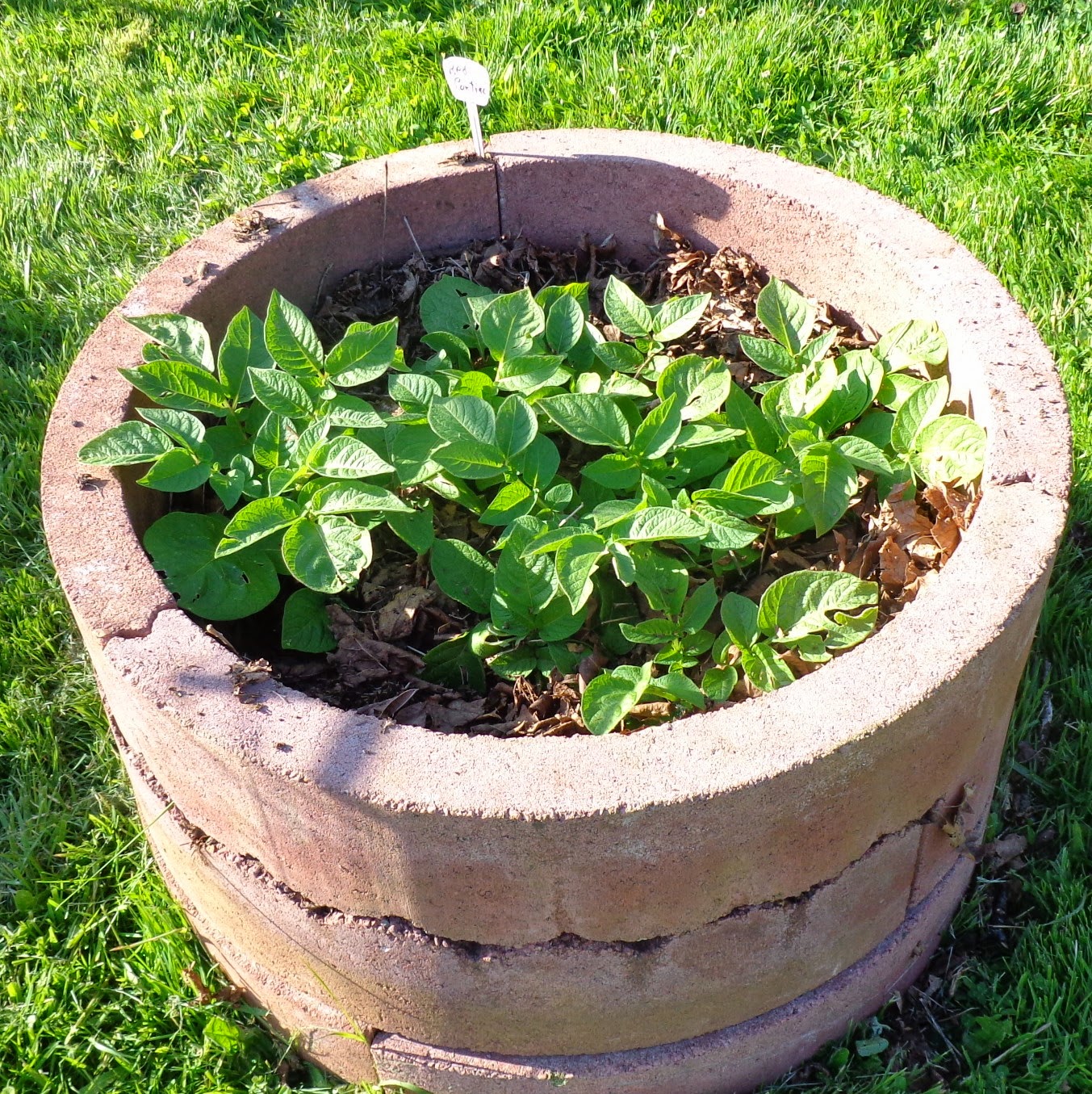Today I added orders for 3 varieties of bearded iris. Two are heritage varieties. Heritage varieties are 30 years old, or older.
Beverly Sills. 1979. Listed as vigorous. Pink. There are not a lot of pink heritage varieties. The vigor would be welcomed as well. Bloom time early midseason.
Gingersnap. 1969. Fragrant, listed as root beer scent. I bought this last year, but it succumbed to bacterial rot. I am taking a change to try again due to the fragrance.
June Kraus. 2009. Not a heritage variety. Nice ruffled pink. Listed as late season.
Traits to seek. Lessons learned.
Currently the irises that were not in the raised beds, did not develop bacterial rot. Some were in beds that had added compost. I had over-nurtured the raised beds with dilute plant food last summer. Ultimately, all of the irises in the raised beds had some bacterial rot. This hear, I will not over nurture them. Just remove weeds. remove some of the unwanted varieties and replace with new ones or others I already have.
So -
-Don't water in summer or fall. Or be very careful.
-Don't fertilize. Or be very careful.
-Take note of the least affected varieties. In this case, that's Pallida dalmatica, Pallida vareigata, Germanica, and a few others.
In addition, the earliest bloomers are the most affected by rain. It's drier here after early may. Try to aim for late season varieties.
The tiny ones can be nice, but are so short, they are difficult to see and almost impossible to smell. I will remove some of those to make room for later, taller varieties.
That's the plan.
Despite the bacterial rot, there are more flowers this year than next year. The worst seems to be over. Some references state remove all of the affected varieties, but in my case, that's everything in all of the raised beds. So I will depend on plant hygiene and more appropriate growth conditions, and see if they grow better this time around.





































.JPG)












